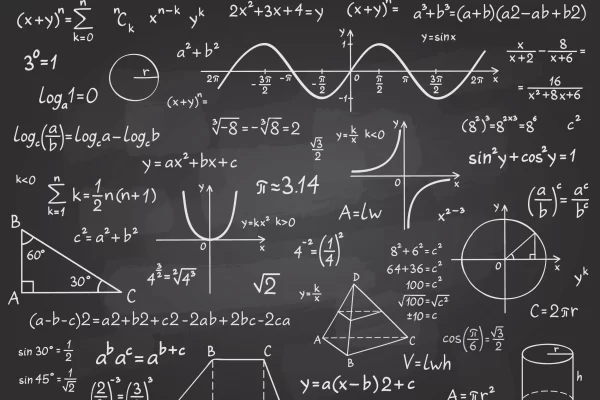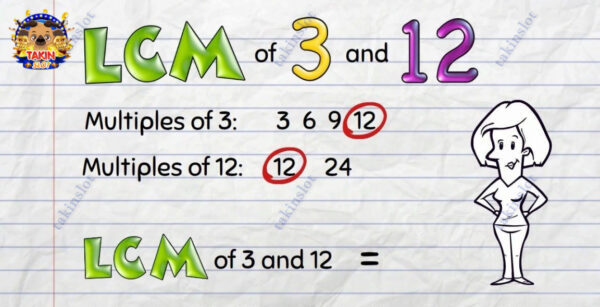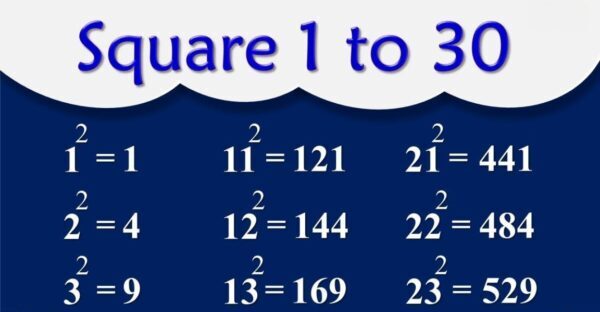Equation: x2 + (y – 3√2x)2 = 1
In the realm of mathematics, equations play a crucial role in describing the relationships between various variables. One such intriguing equation is x2 + (y – 3√2x)2 = 1, which has captured the interest of mathematicians and enthusiasts alike. This article aims to shed light on this unique equation, its solution, graphical representation, applications, and its significance in modern mathematics.
Understanding the Equation x2 + (y – 3√2x)2 = 1
What is x2 + (y – 3√2x)2 = 1?
The equation x2 + (y – 3√2x)2 = 1 is a mathematical expression involving two variables,
x and y. The presence of square terms and a radical expression makes this equation intriguing yet challenging to decipher. It represents a conic section known as an ellipse, a closed curve that resembles a flattened circle.
Breaking down the equation:
Before we delve into the complexities of solving this equation, let’s break it down to its fundamental components. The equation consists of three main terms:
- x2 : This term represents the square of the variable
- (y – 3√2x)2: : This term comprises the variable y and a radical expression involving 3 times the square root of 2x, all squared.
- 1: This is a constant term on the right-hand side of the equation.
Solving for x and y
Now, let’s solve the equation below in a step-by-step manner.
Equation: x2 + (y – 3√2x)2 = 1
Step-by-step approach:
Solving for x:
we need to isolate x2 on one side of the equation to solve for x. Here’s how we can do it:
Step 1: Move (y – 3√2x)2 to the other side by subtracting it from both sides of the equation:
- x2 = 1 – (y – 3√2x)2
Step 2: To remove the squared term on the right-hand side, we can take the square root of both sides of the equation.
- √x2 = √(1 – (y – 3√2x)2)
Step 3: Since √x2 is just |x| (the absolute value of x), we get:
- |x| = √(1 – (y – 3√2x)2)
Step 4: Square both sides again to eliminate the square root:
- x2 = 1 – (y – 3√2x)2
Step 5: Expand the expression on the right-hand side:
- x2 = 1 – (y2 – 6√2xy + 9×2)
Step 6: Rearrange the terms and simplify:
- 10×2 – 6√2xy + y2 – 1 = 0
Solving for y:
To solve for y, we follow a similar process as solving for x, but this time we isolate (y – 3√2x)2 and then solve for y.
Graphical Representation
Let’s understand the equation x2 + (y – 3√2x)2 = 1graphically below.
Plotting the equation:
Graphing the equation x2 + (y – 3√2x)2 = 1 allows us to visualize its shape and properties.When graphed on a coordinate plane, the equation depicts an ellipse with distinct characteristics.
Analyzing the graph:
The graph of x2 + (y – 3√2x)2 = 1 reveals essential information about the equation. The center of the ellipse is located at the point (0, 0), and its major and minor axes can be determined by examining the coefficients of x² and y². The graph also exhibits symmetry along the x and y-axes due to the squared terms.
Applications of the Equation:
Real-life scenarios
The equation x2 + (y – 3√2x)2 = 1 finds applications in various real-life scenarios. One such example is in astronomy, where it can be used to model the orbits of celestial bodies under specific gravitational influences.
Scientific applications:
In physics and engineering, this equation can describe certain physical phenomena involving curved trajectories or shapes.
Advantages and Limitations
Benefits of Using the Equation:
The equation x2 + (y – 3√2x)2 = 1 has the advantage of representing an ellipse, a fundamental geometric shape with wide-ranging applications.
Restrictions and Constraints:
However, this equation also comes with limitations, as it can only describe specific types of curves and not all possible shapes.
Mathematical Concepts:
Quadratic Equations:
The equation x2 + (y – 3√2x)2 = 1 falls under the category of quadratic equations, where the highest power of the variable is two.
Radical Expressions:
The inclusion of the radical expression 3√2x introduces complexity to the equation, necessitating a more specialized approach for its solution.
Related Equations
Exploring Equivalents:
In the realm of mathematics, x^2 + (y – 3√(2x))^2 = 1 shares similarities with various equations, shedding light on broader mathematical principles.
Historical Context:
The equation’s origins can be traced back to historical mathematical developments, influenced by the contributions of renowned mathematicians.
Contributions of Mathematicians:
Throughout history, mathematicians have played a pivotal role in shaping the exploration and significance of equations like x^2 + (y – 3√(2x))^2 = 1, paving the way for modern mathematical concepts.
Significance in Modern Mathematics:
x^2 + (y – 3√(2x))^2 = 1 holds a significant place in modern mathematics due to its representation of conic sections and practical applications.
Conclusion:
In summary, x^2 + (y – 3√(2x))^2 = 1 is a captivating equation that amalgamates quadratic and radical elements to depict an ellipse. Its historical context, solutions, graphical representation, and real-world applications underscore its importance in mathematics and beyond.




